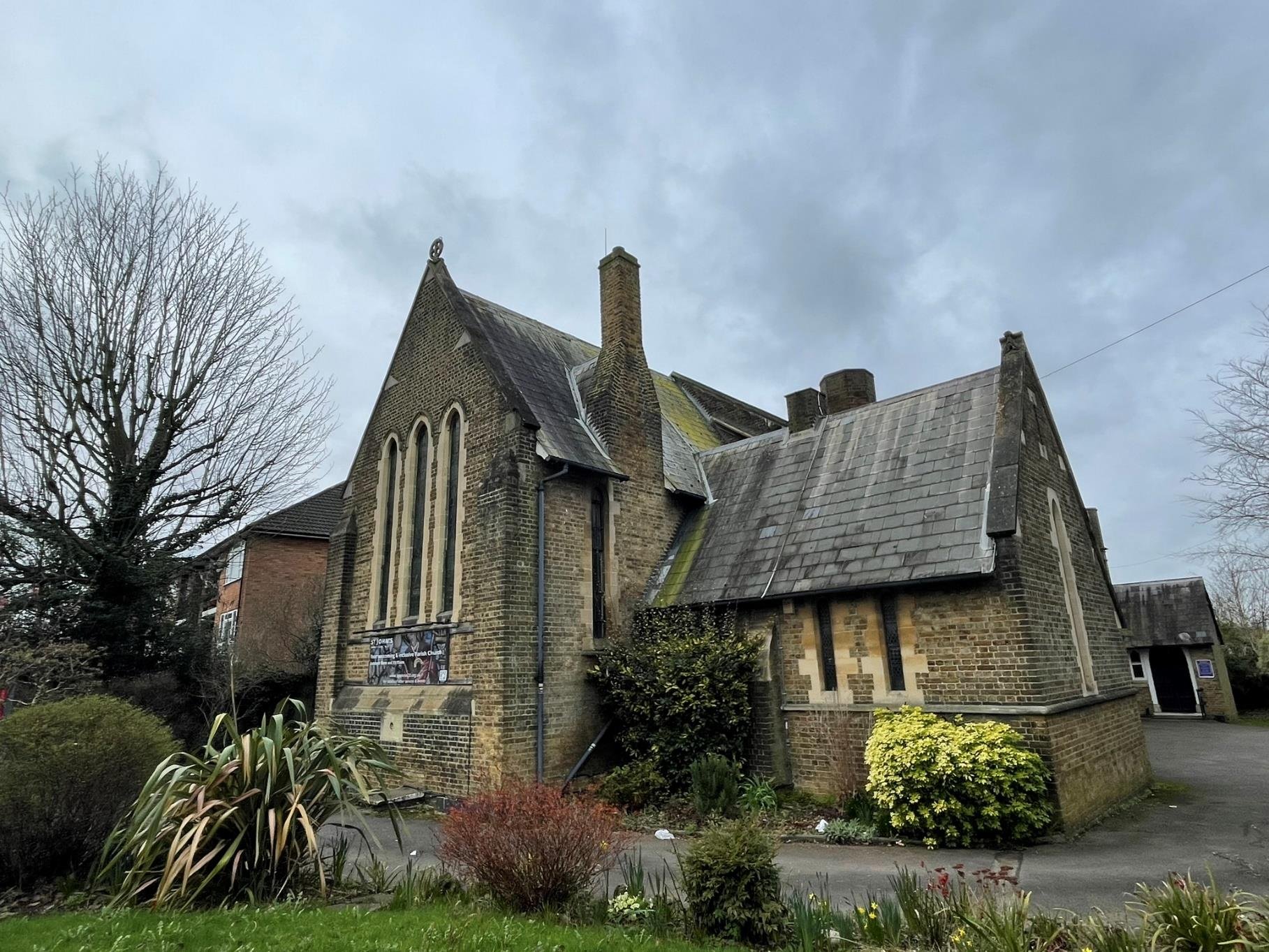


The History of St John the Apostle
St John’s Church was opened and consecrated on 9 May 1832 by Bishop Blomfield. The church was built by Joseph Baxendale, a remarkable man and local businessman, on his own land at his own expense. The architect of St John’s Church was named Blomfield, which has led to the suggestion that he may in fact have been the Bishop. If so this is an unusual example of a Bishop being an architect in his own diocese.
1832 the church building consisted of what is now the Nave, with music provided by a barrel organ. A new organ and gallery were added in September 1873. By 1878 the church had fallen into disrepair and an appeal was launched which was so successful the Bell Tower was repaired along with the church being re-floored, re-seated and re-roofed. A chancel and an organ chamber were also built. New windows were added and new porches and doors and the gallery was removed. The East Window, manufactured in the studio of William Morris, was given by the Baxendale grandchildren in memory of Joseph and his wife, Mary. The large West Window was given by William Passmore in memory of his wife, Esther. The sacristy was added in 1898 and the chancel re-ordered in 1948. The church, for its period, is fairly simple, with a few monuments, including the Baxendale vault outside the West End.
Vicars of St John’s
The first Vicar of St John’s was Henry Ventris (1832-1869). He and his wife, Ann, had eight children.
On 15 January 1881 Revd Charles Goody (pictured) was inducted as vicar. The Goodys had seven children and were responsible for building a new vicarage in 1892. He helped with the expansion of St John’s School and helped take responsibility for maintaining it. He was thought to be an energetic and compassionate vicar.
The Church Today and Tomorrow
Throughout the history of St John’s Church it has been a place of Christian faith, prayer, worship and community for the people of Whetstone. The church building and all those who have served in it are part of the living tradition of the Christian faith and continue to serve and support people. Many of the traditions of prayer and worship develop over time, but they are centred in the love of God for all that inspires and sustains us at St John’s to this day. At St John’s we believe that God calls us to share our unconditional love with others, without exception. We are a welcoming and inclusive community and believe that God accepts us equally, irrespective of race, gender, sexuality, class, age, belief or ability.


